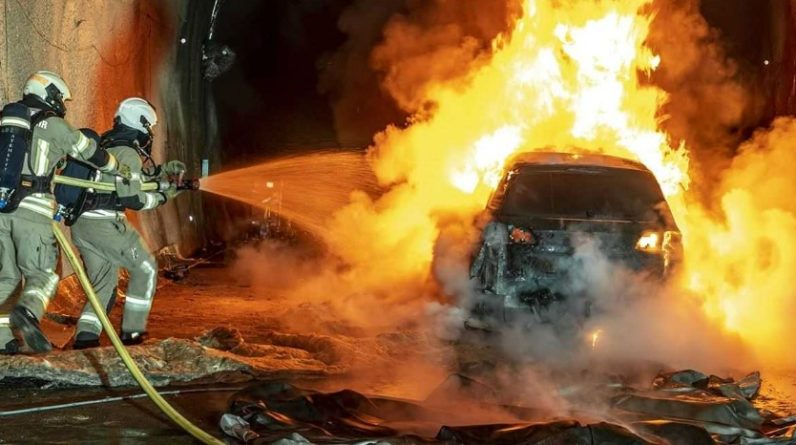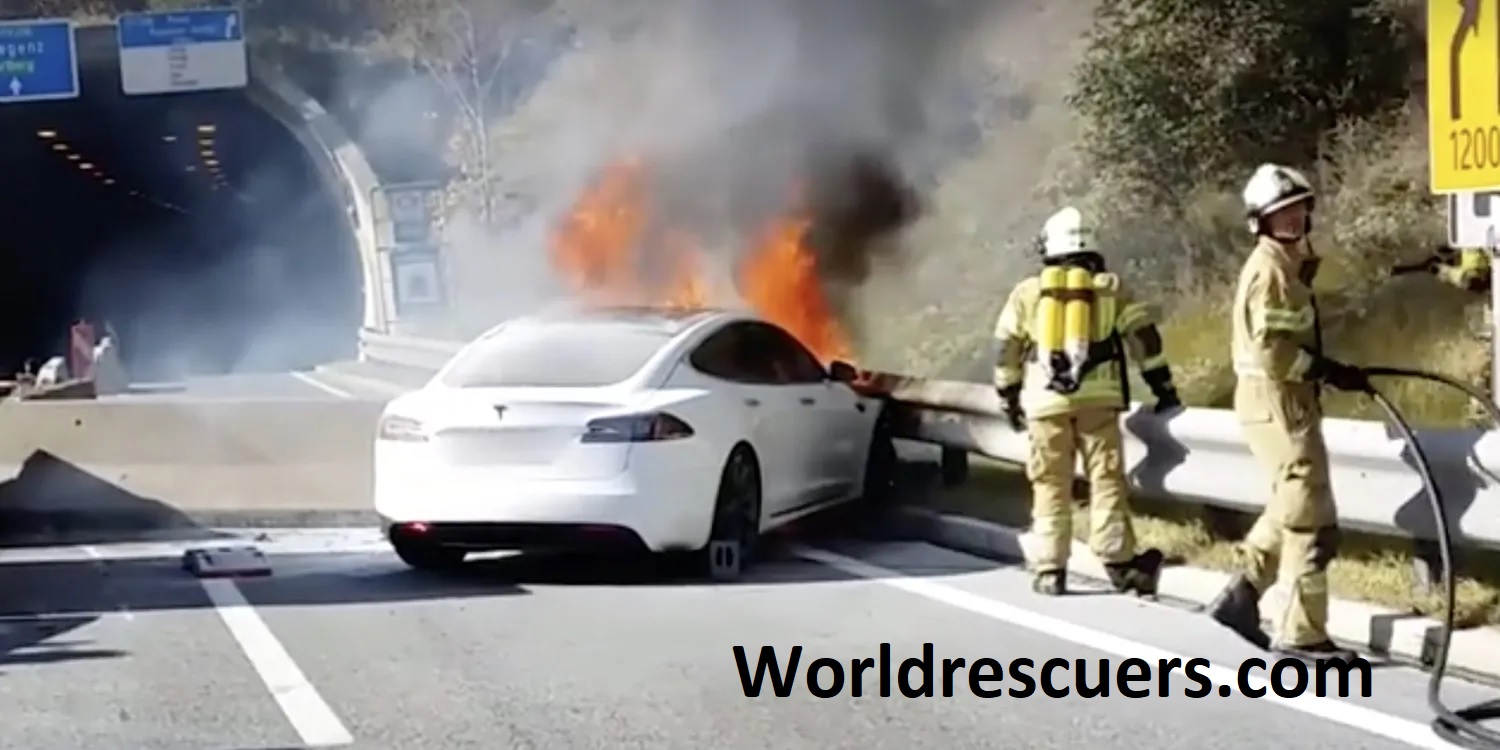
Electric Vehicles and Response to Related Incidents
Important components fire services and departments must consider when developing procedures to respond to incidents related to Electric Vehicles and other devices powered by lithium-ion batteries
Electric vehicles (EVs)- and related necessary appliances are becoming more advance and more complex day by day. This is happening not only within the United States but across the Globe. Since 2015, more or less the following issues in Europe, the USA, and the Middle East have been observed.
Development of SOPs
Being a Fire safety professional I always advocate for departments to develop Standard Operating Procedures (SOPs) for these types of incidents. Great departments or associations like NFPA are doing their job efficiently but it is becoming difficult for concerned departments to practically implement these standards. These sorts of incidents are common in EVs and appliances that use Lithium-ion batteries. Appliances may include electric scooters, bikes, and wheelchairs.
Nonetheless, there are some key components to consider when developing an SOP focused on EVs and other battery-operated appliances. Take the ideas here and work them into an SOP for your department or county, then train, train train.
Lithium-ion batteries and EVs
Li-ion batteries power a growing number of products in our daily routine lives, from computer notebooks to cell phones. But one of the fastest growing uses for these batteries is no doubt in EVs – not just electric cars but also electric scooters, bikes, motorcycles, wheelchairs as well as delivery and long-haul trucks.
The issue of fire control and extinguishment is also increasing with these growing numbers. Specifically, the U.S. Department of Transportation (DOT) Response Guide #147 describes lithium as containing flammable liquid electrolytes that can ignite at 302 degrees F, less than the ignition temperature for paper. Guide #125 further indicates that it generates hydrogen fluoride off-gas, which could be fatal. This means that firefighters need to their respiratory appliances-SCBA with full PPEs and extra care is also required in the handling procedures.
EV Fires
EVs can have several hundred to several thousand individual li-ion batteries, each individual battery similar in size to an AA battery. The batteries are compacted into bundles of approximately 100 batteries connected in a series. If a single battery is damaged because of any know or unknown reason it is enough to start a fire. The common reasons for fires may include physical damage, vehicle accident, overcharged, defective when manufactured, and overheating.

Electric vehicles have 600-volt and 12-volt systems and both are separated from one another. The 600-volt system that powers the drive train of the EV. The 12-volt system services the dashboard instruments, airbags (SRS), lights, navigation, and sound systems. For firefighter safety, both systems need to be de-energized, if possible, following a crash that does not involve a fire.
EV Identification
The identity plate for identification of an electric vehicle might be on the rear near a trunk or hatch lid, the front driver’s side, or near the charging port that has a similar cover to that on the filling tank of a gasoline-powered vehicle. The other type of vehicles like Hybrids use li-ion batteries with a small gasoline engine.
Likewise, there is no universal location for the emergency disconnect for either the 600- or 12-volt systems. The best advice is to quickly find the driver or a passenger and confirm the vehicle is an EV. Response to the fire in accordance with the annual guide of the vehicle.
Suggestion to draft SOPs
When you as a key role service provider decide to develop or draft departmental SOPs for EVs-related fire incidents do consider the following suggestions:
- Wear the full required PPEs and SCBA on all vehicle fires.
- Block traffic immediately – call for additional units to assist in blocking or add them automatically to any vehicle response on a highway.
- Require those not engaged in active firefighting to wear a high-visibility vest.
- Conduct an initial 360-degree size-up with a thermal imaging camera (TIC) to note any heat pattern.
- Set up an incident command system with at least an officer in charge and a safety officer as additional eyes on the fire and traffic.
- Determine your tactical priorities: fire, extrication, victim care, and patient shifting.
- Approach the EV at a 45-degree for the sake of safety.
- Cut off the Powerof EV from the information on that vehicle’s ERG. Remember there are both the 600- and 12-volt systems and both need the attention of the incident commander.
- Extinguishment with water involves anywhere from 5,000 to 30,000 gallons of water, so securing a hydrant or several water tenders and dump tanks is essential. However, consider the potential of water contamination in nearby lakes or streams.
- Consider an EV incident as not only a potential fire, extrication, and victim care emergency but also a hazmat response.
Available options in the market that must be avoided
There are many devices, tactics, and agents being marketed or advanced in the United States and Europe to handle EV incidents, some of which are expensive and/or inherently flawed. For example, one tactic is to immerse the vehicle in a container of salt water. However, as we saw after Hurricane Ian, the salt-water residue caused approximately 25 EVs, previously submerged in saltwater by the storm, to ignite when they were moved weeks after the storm.
Before investing in any of these devices or tactics, wait for legitimate testing laboratories to confirm their legitimacy. Be safe and stay safe.

Hi, I am John Smit a Captain in Fire Department City of Newyork with over years of experience in the field of Firefighting and HSE. My passion for fire safety started when I was a young boy and witnessed a neighbor’s house go up in flames along with precious lives. Since then, I had dedicated my life to ensuring the safety of buildings, properties, and individuals in case of a fire and medical emergencies.

